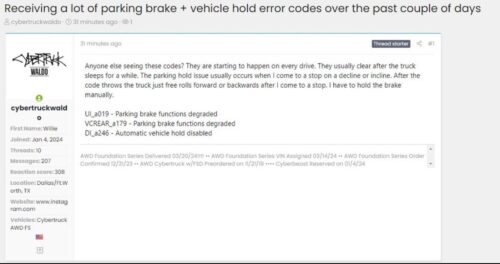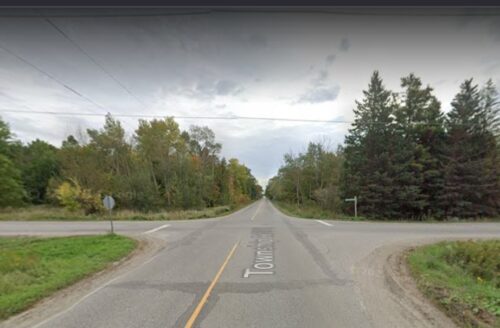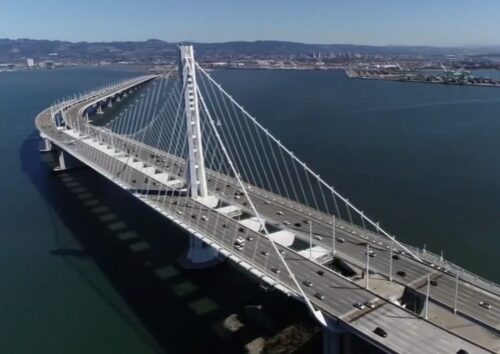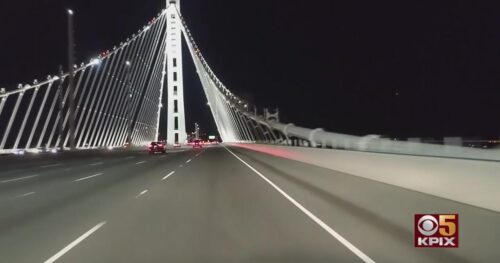A man, eager to jump into the rapidly deflating Tesla market, threw away $10K on a salvaged unit. To revive the heavily damaged vehicle, he needed to guess the former owner’s four-digit PIN. After 158 attempts, he finally succeeded. Yes, 158 tries, and Tesla’s system did nothing to stop him. This isn’t a fluke—Tesla’s console security has long been known to be weak.
Transmitting at 100 messages / second, I tested PINs 0000 through 9999 in 100 seconds. Average PIN discovery time was thus approximately 50 seconds at this rate.
But it gets worse. Apparently, pressing the brake pedal and tapping the “Navigate” search bar simultaneously exposes the PIN on-screen. This isn’t just a vulnerability—it’s a glaring safety failure, considering how easily the car’s systems can be breached.
And if the issues with PIN security weren’t bad enough, breaking into the car’s computer revealed a treasure trove of personal data from the previous owner, including video footage of an unintended acceleration crash—one of the notorious problems that has significantly tarnished Tesla’s reputation and market value.
The video shows the woman, presumably the former owner, opening the driver’s door and getting behind the wheel. However, she has no time to close the door before the car starts driving and accelerating. The footage shows the car crossing two lanes, striking a plastic bollard, driving straight onto the sidewalk, and almost running over a pedestrian. The Model 3 stops right after it slams into an electrical box. The incident left the whole street without an internet connection, and the female driver in shock after the ride against her will. Luckily, she wasn’t hurt, and no other vehicle was involved in the incident. The pedestrian her car passed inches away from was the one who helped her out of the Tesla..
To be fair, the pedestrian was standing behind a wall, though that’s hardly protection from the “Kool AI Man” known for punching through. Some are quick to blame the driver, suggesting she “accidentally” put the car into Drive and hit the accelerator. This isn’t just inaccurate—it’s lazy.
…the female driver might have accidentally put the car in Drive and stepped on the accelerator the moment she got on board instead of pressing the brake pedal. The car started off with the driver’s door open, taking her by surprise and mowing down everything that came its way. She panicked due to the sudden acceleration…
That article’s language reeks of unnecessary gender bias. There’s no need to describe her reaction as “panic”—any driver would struggle to control an over-tuned acceleration system that activates without warning. Instead of blaming the driver, the real question is why Tesla’s engineering team allows such a dangerous scenario in the first place. A car that can shift into drive and accelerate with the door open? That’s a disaster waiting to happen.
This isn’t an isolated issue either. Tesla’s history of unintended acceleration and erratic behaviors isn’t new. Another incident involved a driver reversing at high speed into a pond, tragically ending their life. These are the results of fundamental design flaws—a failure to implement safety protocols that recognize and prevent obvious risks.
So, how can Tesla justify selling such a flawed product for $10K—even as a salvage? Given their track record since 2016, it’s clear the brand’s reputation and value are plummeting, driven by poorly thought-out engineering decisions and safety failures. Tesla isn’t just poorly designed—it’s on a fast track to being worthless.
Related: the parking brake doesn’t work on the new Cybertruck.




